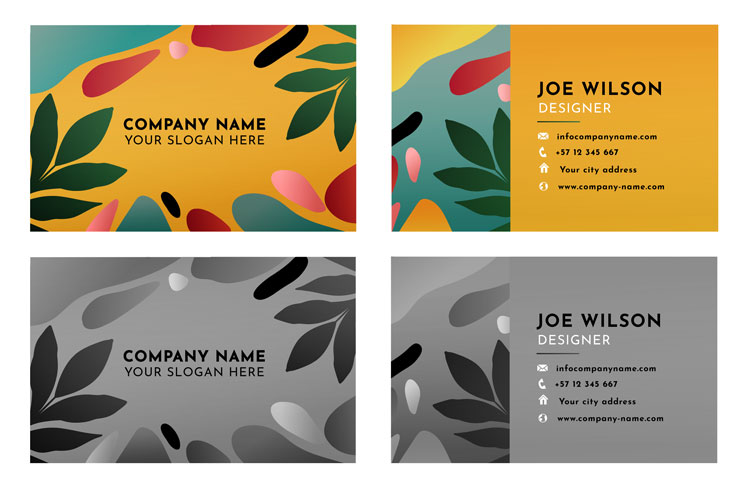About Bizwheel
The main component of a healthy environment for self esteem is that it needs be nurturing. It should provide unconditional warmth.

Visiting cards, often known as business cards, are compact yet powerful tools for networking and brand representation. They serve as a physical reminder of a professional encounter and are vital in making a lasting impression on potential clients, partners, or contacts. Effective visiting card design goes beyond simply listing contact details; it encapsulates brand identity, communicates professionalism, and facilitates future communication. Here’s a comprehensive exploration of the key components and best practices in visiting card design:
Understand the primary purpose of the visiting card – whether it’s to exchange contact information, promote services, or reinforce brand identity. Tailor the design to resonate with the target audience’s expectations and industry norms.
Incorporate elements of brand identity such as logo, colors, fonts, and taglines to reinforce brand recognition. Ensure consistency with other marketing materials to establish a cohesive visual identity that reflects the organization’s values and personality.
Maintain a clean and uncluttered layout to ensure clarity and readability. Use a minimalist approach with essential information such as name, job title, company name, and contact details prominently displayed. Avoid overcrowding with unnecessary design elements.
Choose legible fonts that align with the brand’s tone and style. Use appropriate font sizes and styles for different elements to emphasize hierarchy and readability. Ensure sufficient contrast between text and background colors for easy comprehension.
Incorporate relevant and meaningful visual elements such as icons, symbols, or patterns that complement the brand’s message. Use high-quality images or illustrations sparingly to enhance visual appeal without overwhelming the card.
White space (negative space) around text and graphics enhances visual clarity and focus. Allow sufficient breathing room between elements to prevent visual clutter and create a balanced composition that guides the viewer’s eye naturally.
Choose a high-quality paper stock that aligns with the brand’s image and budget. Consider finishes such as matte, glossy, textured, or specialty coatings (e.g., spot UV, embossing) to add tactile appeal and durability to the card.
Incorporate unique design elements or features that set the visiting card apart from others. This could include die-cut shapes, rounded corners, metallic accents, or innovative folding techniques that surprise and engage recipients.
Arrange information logically to facilitate quick access and readability. Consider using the back of the card for additional details such as a brief company profile, services offered, or a QR code linking to digital content for enhanced interaction.
Include a clear and concise call to action (CTA) that prompts recipients to take the next step. This could involve visiting a website, connecting on social media, scheduling a meeting, or subscribing to a newsletter. Position the CTA strategically for maximum impact.
Visiting card design is a pivotal aspect of personal and professional branding, influencing how individuals and businesses are perceived in networking environments. By focusing on simplicity, brand identity, visual appeal, and strategic information placement, designers can create visiting cards that leave a lasting impression, facilitate meaningful connections, and reinforce brand credibility. A well-designed visiting card not only serves as a practical tool for sharing contact information but also acts as a tangible representation of professionalism and attention to detail in today’s competitive business landscape.